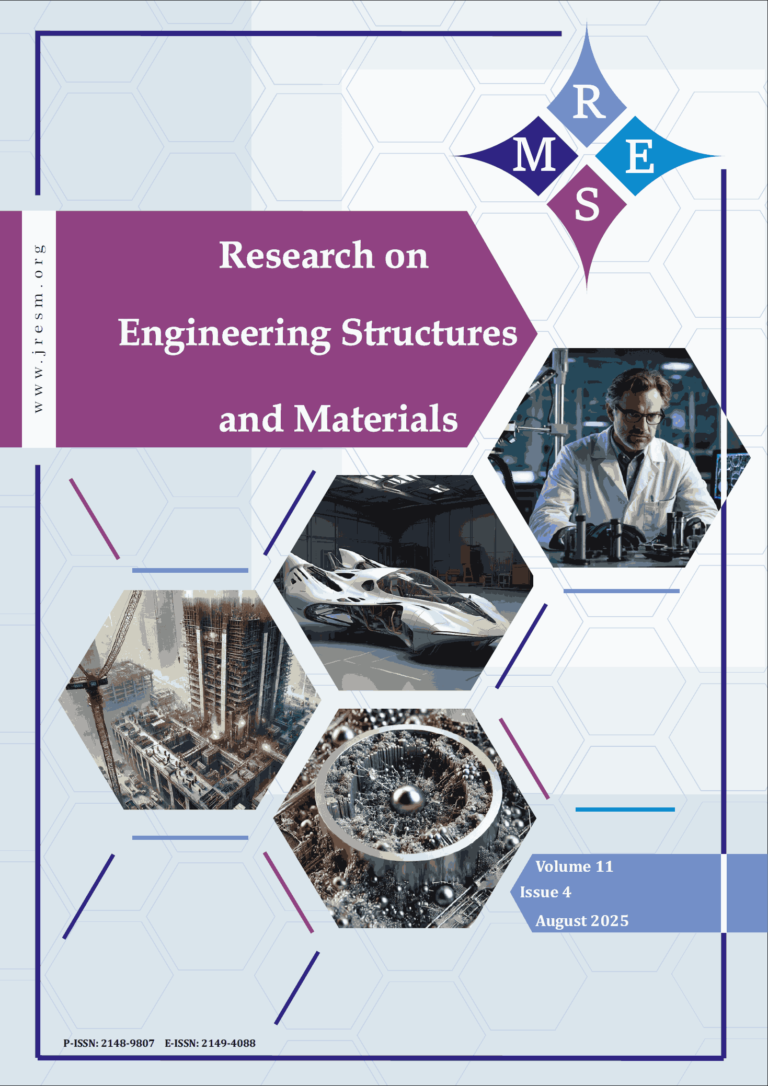Sandy granular materials, as complex non-equilibrium energy-dissipative filling materials, are widely used in the energy-dissipating layers of protective structures. To investigate the effects of strain rate and energy absorption characteristics of sandy soils, a dynamic compression test using a split Hopkinson pressure bar (SHPB) was designed and conducted on unsaturated sandy soil under passive confining conditions. The influences of strain rate, moisture content, and the number of impacts on the dynamic response of sandy soils were analyzed. The test results indicate significant strain rate effects on the dynamic elastic modulus and peak stress of the specimens. When the applied strain rate is within the range of 255–578 s⁻¹, an increase in strain rate enhances both the dynamic elastic modulus and peak stress of the specimens, although variations in moisture content alter the magnitude of this effect. Moreover, as the strain rate increases, the energy density of the specimens grows exponentially, with a significantly enhanced rate of increase in the higher strain rate range; in comparison, moisture content has a smaller effect on energy density. Under repeated impact conditions, moisture content significantly influences the dynamic elastic modulus more than it does peak stress. The cumulative effect of repeated impacts can significantly improve the soil’s resistance to deformation; however, as the specimen compaction increases, the energy density gradually stabilizes. Therefore, appropriately reducing the compaction of the energy-dissipating layers can enhance energy absorption performance. These findings offer technical insights that can guide the design of protective structures for both military and civil applications.
